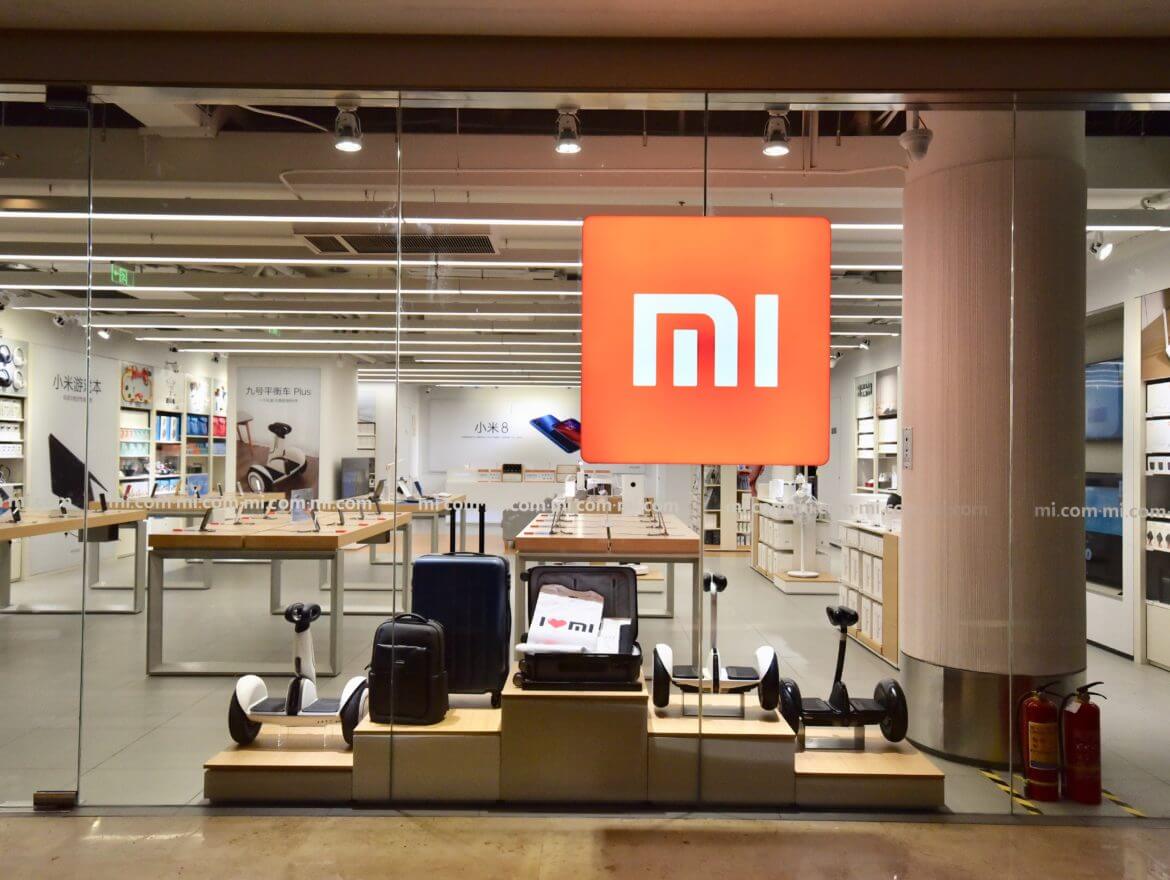
In the first quarter of 2019, Xiaomi recorded RMB43.8 billion in revenue, representing an increase of 27.2% over the corresponding period of 2018. Profit for Q1 2019 grew to RMB3.2 billion and Adjusted Net Profit grew 22.4% year-on-year to RMB2.1 billion.
Xiaomi continued to focus on their “Smartphone + AIoT” dual-engine strategy and greatly expanded the number of devices connected to its platform.
As of March 2019, monthly active users (“MAU”) of MIUI reached 260.9 million, representing a year-on-year increase of 37.3%. The number of connected IoT devices (excluding smartphones and laptops) on Xiaomi IoT platform has reached approximately 171.0 million units, representing year-on-year growth of 70.0%.
Xiaomi AI assistant “Xiao Ai Tongxue” had over 45.5 million MAU in March 2019, representing a year-on-year increase of 247.2%.
Xiaomi Smartphones
Xiaomi smartphone segment recorded approximately RMB27.0 billion in revenue in Q1 2019, representing an increase of 16.2% over the corresponding period of 2018. Its smartphone sales volume in Q1 2019 reached 27.9 million units.
According to Canalys, Xiaomi ranked 4th globally in terms of the volume of smartphone shipments during the Q1 2019.
In Q1 2019, Xiaomi released several smartphone models under each brand, including Mi 9, Mi 9 SE, Redmi Note 7, Redmi Note 7 Pro and Redmi 7. The market response was positive with regard to the respective product launches.
In particular, Redmi Note 7, which was released on January 10, 2019, and launched in overseas markets on February 28, 2019, was in high demand. The shipments of its Redmi Note 7 series exceeded 4 million units in Q1 2019.
In addition, its new flagship model Mi 9 series, which was released on February 20, 2019, and launched in overseas markets shortly thereafter, has also been very popular to date. The Mi 9 is powered by the Snapdragon 855 processor, equipped with an ultra-wide-angle AI triple camera with the main camera using a 48-megapixel Sony sensor, and has an all-curved holographic back design.
The Mi 9 is also the world’s first smartphone to feature 20W wireless quick charging. As of March 31, 2019, the supply of Mi 9 series smartphones surpassed 1.5 million units while the sales volume of Mi 9 series smartphones exceeded 1.5 million shortly thereafter in early April 2019.
Xiaomi’s smartphone market share in mainland China increased for three consecutive months throughout the first quarter of 2019, from 9.5% in January 2019 to 11.8% in March 2019.
Moreover, due to the continuous optimization of Xiaomi’s product portfolio, the average sales price (“ASP”) of its smartphones in mainland China and in overseas markets achieved year-on-year growth of 29.9% and 12.1%, respectively, in Q1 2019.
Xiaomi IoT and lifestyle products
During Q1 2019, the revenue of the IoT and lifestyle products segment rose by 56.5% to RMB12.0 billion over Q1 2018, maintaining a rapid growth rate.
Xiaomi’s smart TVs continued to lead the way, ranking 1st in terms of shipments for two consecutive quarters in mainland China. As of March 31, 2019, global shipments of Xiaomi’s smart TVs reached 2.6 million units, representing a nearly two-fold year-on-year growth of 99.8%.
Xiaomi has also recently launched a variety of large home appliances. In April 2019, it released Mi Mural TV, Mi LED TV 4 Pro and Mi Internet Vertical Air Conditioner C1, all of which have been perceived positively by the market.
Mi Mural TV is its first smart TV that uses far-field microphone technology, enabling users to activate voice control features even at a distance. Users can switch on their smart TVs, search for movies, check the weather, and control other smart home products without the need of a mic-enabled remote control.
Xiaomi’s smart TVs can also display smart device notifications and act as control hubs for compatible smart home products.
During Q1 2019, Xiaomi’s ecosystem products, such as Mi Band, Mi Air Purifier and Mi Electric Scooter, continued to enjoy wide popularity and achieved robust sales growth.
Xiaomi also launched a variety of other popular products this year, such as Mi Smart Door Lock, Mi Wireless Power Bank, Mi Photo Printer, Mi Wireless Car Charger, and Mi AirDots.
Xiaomi’s Redmi brand also launched various IoT and lifestyle products, such as Redmi AirDots. The designs of Xiaomi’s IoT products have continued to receive significant market recognition.
In Q1 2019, Xiaomi won 25 international design awards. For example, Xiaomi’s Mi Washing Machine was awarded the iF Design Award and Xiaomi’s Mi Smart Door Lock was awarded the Red Dot Award.
Xiaomi Internet Services
Revenue from Xiaomi’s internet services segment grew 31.8% year-on-year to RMB4.3 billion in Q1 2019. Advertising revenue grew 21.8% year-on-year to RMB2.3 billion.
Revenue from gaming grew 6.8% year-on-year to RMB823.1 million. Xiaomi’s other internet value-added services grew 96.4% year-on-year to RMB1.2 billion, primarily due to the rapid growth in revenue from Xiaomi’s internet finance business and Youpin e-commerce platform.
The MAU of MIUI rose 37.3% from 190.0 million in March 2018 to 260.9 million in March 2019. The MAU of MIUI in mainland China also achieved quarter-on-quarter growth. The MAU of Xiaomi’s smart TVs and Mi Boxes achieved 55.1% year-on-year growth, reaching 20.7 million in March 2019.
Xiaomi has continued to diversify Xiaomi’s internet services revenue. Internet services revenue outside of advertising and gaming from China smartphones, including those generated from TV internet services, overseas internet services, Youpin e-commerce, and internet finance business, accounted for 31.8% of the total internet services revenue in Q1 2019, representing year-on-year growth of 167.3%.
Xiaomi’s overseas internet services revenue grew rapidly as they continued to strengthen Xiaomi’s internet services in key markets. For example, we have been actively developing Xiaomi’s internet finance business in India and launched Mi Pay, a payment product, in India in March 2019.